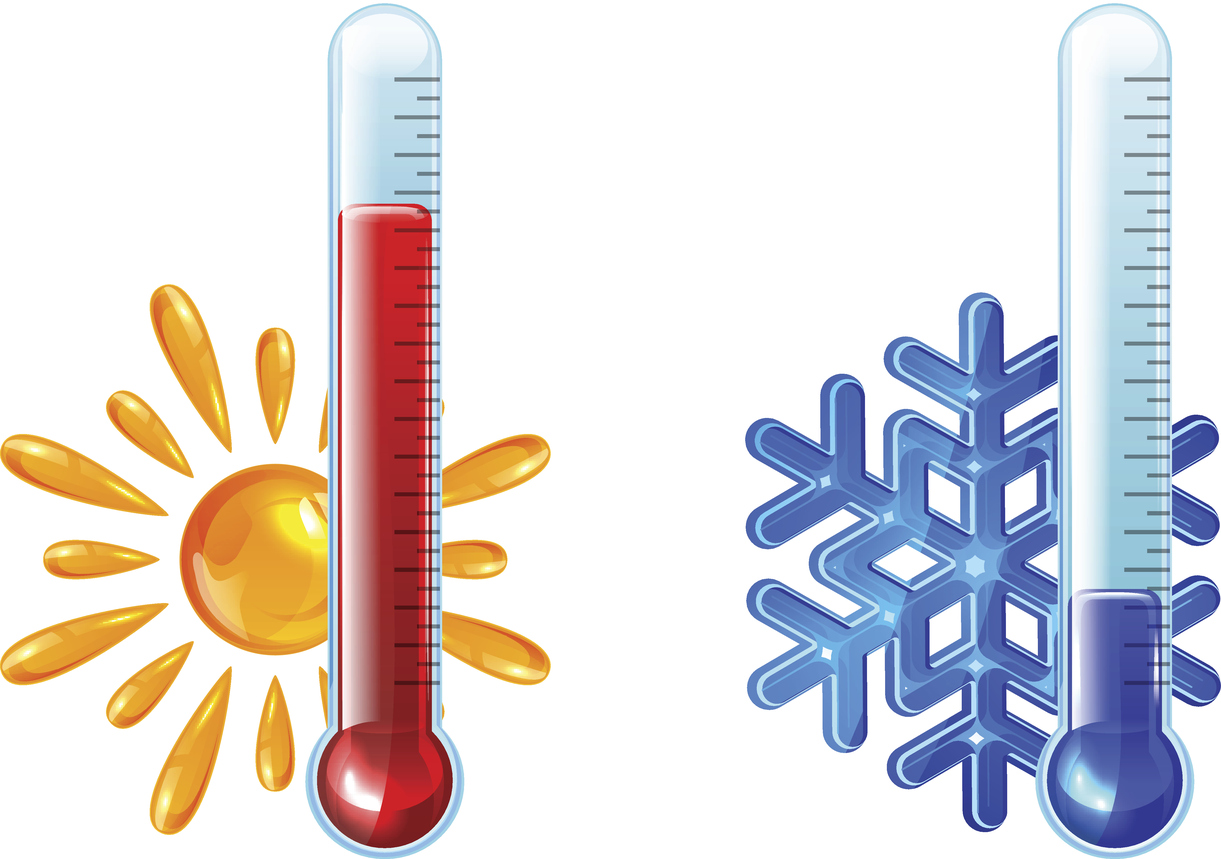Heating and cooling
For an efficient heat supply and the increasing demand for environmentally friendly cooling solutions, a number of innovative technologies and effective measures are required. Green Energy Lab shows a few possible solutions.

Renewable energies are also playing an increasingly important role in space heating and air conditioning. In Austria, the share of renewable energy sources in the entire heating and cooling supply is currently only 30% (according to Eurostat it is only 16.7% in the EU area).
For an efficient heat supply and the increasing demand for environmentally friendly cooling solutions, a number of innovative technologies and effective measures are required.
The Green Energy Lab would like to show possible solutions with two projects:
AbSolut – Integration of absorption technologies in district heating and cooling systems
The AbSolut project examines the integration of absorption technologies in district heating and cooling systems. Absorption technologies range from classic absorption heat pumps and cooling systems to absorption heat exchangers. In contrast to conventional compression heat pumps, absorption technologies are not driven electrically, but rather thermally. In addition, the refrigerants used have no global warming potential. In addition to relieving the load on the power grid, absorption technology opens up a large number of new system concepts, such as the use of solar thermal energy or waste heat as sustainable drive energy.
Although absorption technologies have unique properties and are technically well-developed, they have so far only been used as niche solutions in Austria and other European countries.
AbSolut faces this challenge and develops concepts for the efficient integration of these technologies into Austrian district heating and cooling systems. This enables economic and ecological improvements to be achieved in these systems, such as a sustainable reduction in return temperatures and losses in the network. “Heat pump systems hold enormous ecological potential for energy supply. Whereby only economically feasible systems are used and thus actually contribute to decarbonization, which is why this project is particularly relevant, ”says Gerald Zotter, project manager, AEE – Institute for Sustainable Technologies.
As with all projects developed as part of the Green Energy Lab, the AbSolut project is based on close cooperation between users, planners and technology providers. AbSolut is investigating the integration of absorption technologies at various locations in Vienna, Upper Austria, Lower Austria and Styria. AbSolut uses synergies with other Green Energy Lab projects, such as the ThermaFLEX demo project “Wienkanal”, which deals with the use of waste heat from wastewater for heating and cooling the new headquarters of Wien Kanal in Vienna-Blumental.
Heating and cooling with wastewater – Wienkanal
The overarching goal of the project “Heating and cooling with wastewater – Vienna Canal” is the demonstration of an intelligent system based on renewable energies or waste heat from wastewater for heating and cooling a new company headquarters (Vienna Canal) to be built at the Vienna-Blumental site. A combination of innovative heat exchanger and heat pump systems combined with intelligent monitoring is used and is intended to ensure the sustainable energy supply of the headquarters.
Around 73% of the energy consumption in the building sector (source IEA “Energy consumption of the OECD countries in the residential sector”) is used for heating, cooling and hot water preparation. So far, almost exclusively CO₂-critical energy sources have been used for this.
It is therefore important to switch quickly to renewable energy sources. In this context, the energetic use of municipal and commercial wastewater is becoming increasingly important. Every day a large amount of wastewater is generated in every household and business. Wastewater is still considered a “dirty business”. But from this supposedly “dirty” water, “clean” energy can be obtained easily and efficiently.
The so far largely unused wastewater is available as a renewable energy source all year round, around the clock. The temperature in the canal is between 12 and 18 ° C all year round and is therefore higher than the temperature of the outside air, geothermal energy or groundwater even in winter. Wastewater can be used for heating, but also for cooling buildings. Heat exchangers extract thermal energy from the wastewater or, in the case of cooling, return heat to the sewer. Heat pumps bring the energy source to the required temperature level. The energy obtained can also be fed into district heating networks or so-called “cold networks”. The project presented here is a prime example of how wastewater energy can be used efficiently and in an environmentally friendly way for heating and cooling in the new headquarters of Wien Kanal. “The use of energy from wastewater is an innovative technology, so heating AND cooling can be implemented from renewable energy, thus making a valuable contribution to decarbonization!” says Rainer Wiedemann, project leader, Rabmer Greentech GmbH.
